Name: Lucy McCobb
What is your role on Council, what does it involve and what do you enjoy about it?
I joined Council earlier this year as an editor, having previously enjoyed serving as an Ordinary Member between 2016 and 2019. There are three editors on Council, whose job is to oversee the journey of monographs from submission to publication. This involves finding and corresponding with reviewers, liaising with authors about revisions, and carrying out detailed proof reading and edits of the manuscripts at every stage right up until the final type-set version is signed off for printing.
I’m looking forward to the next new monograph being submitted, so that I can experience the full editorial process. In the meantime, I have enjoyed undergoing training in how to use the Taylor & Francis online editorial manager platform and learning lots from my fellow editors, Peter, Ben and Sue, who have been expertly shepherding more monographs towards their smart blue covers. Being part of a small team of editors, who support and learn from each other, has been the most rewarding aspect of the role so far. I’m eagerly anticipating the feeling of satisfaction when the first monograph I edit lands on my door mat, and I can flick through it in printed form – and hopefully not spot any glaring errors!

What is your day job and what does it involve?
I am a Senior Palaeontology Curator at Amgueddfa Cymru-Museum Wales, based at National Museum Cardiff. I carry out taxonomic research on ancient arthropods, mainly trilobites. This involves making lots of detailed observations and measurements to determine which species fossils belong to and comparing them to other species. It is always exciting when you discover a new species of extinct animal. From there, you can ask lots of interesting questions about evolution, ecology and geography.
I also spend a lot of my time doing curation – sorting, identifying, labelling and documenting fossils. We have a lot of very ancient rocks in Wales (the Cambrian, Ordovician and Silurian were all established here), so I tend to work with fossils from the older end of the geological time scale.
Caring for and discovering more about the fossil collections accounts for much of my job, but I am also very keen on public outreach. I help to co-ordinate public events for the Natural Sciences Department and really enjoy talking to different audiences about prehistoric life. I also enjoy creating content for temporary exhibitions when the topic is relevant to my expertise. I answer lots of public enquiries, too, mainly helping people identify their fossil finds.
What is your favourite PalSoc monograph and why?
As I work mainly on Ordovician trilobites, the most heavily-used monographs on my shelf are Ingham’s three volumes (1970, 1974, 1977) on Cautley and Dent, Dean’s Chair of Kildare Limestone trilogy (1971, 1974, 1978) and Whittington’s (1962-68) monograph on the Bala area. I also find Morris’ (1988) review of British trilobites incredibly useful, even though it lacks the lovely illustrations of traditional monographs. However, I have a huge soft spot for J. W. Salter’s (1864-1867) ‘Monograph of the British trilobites from Cambrian, Silurian and Devonian Formations’, and am always happy to have an excuse to leaf through the beautiful plates of hand-drawn illustrations, usually to check what one of the first depictions of a given species looked like. Salter intended to illustrate every British species of trilobite known at that time, but tragically died at just 49 before he could complete the task. He still managed to illustrate around 500 specimens in exquisite detail in the volumes he did produce, so it’s an incredibly useful, if not comprehensive, reference. As someone who works on Ordovician fossils, I’m also struck by the fact that my chosen geological period hadn’t even been recognised when Salter’s monograph was written.

Do you have a favourite fossil or fossil display in a museum?
When I was in the sixth form, Stephen Jay Gould’s ‘Wonderful Life’ was one of the few popular science books in our school library. The Cambrian ‘weird wonders’ really captured my imagination and fuelled my blossoming interest in palaeontology. I still think Anomalocaris is one of the most impressive and charismatic creatures in the fossil record, an animal I would love to have seen swimming in the ancient ocean (although perhaps not gone swimming with!). It is also a neat example of palaeo detective work, with three of its body parts originally identified as separate animals but later recognised as belonging together. A couple of years ago, I was thrilled to be involved in the study of a tiny relative from North Wales. While Anomalocaris was estimated to reach lengths of half a metre long, the Welsh ‘radiodont animal’ was a mere centimetre long and a much younger, Ordovician, beast.
